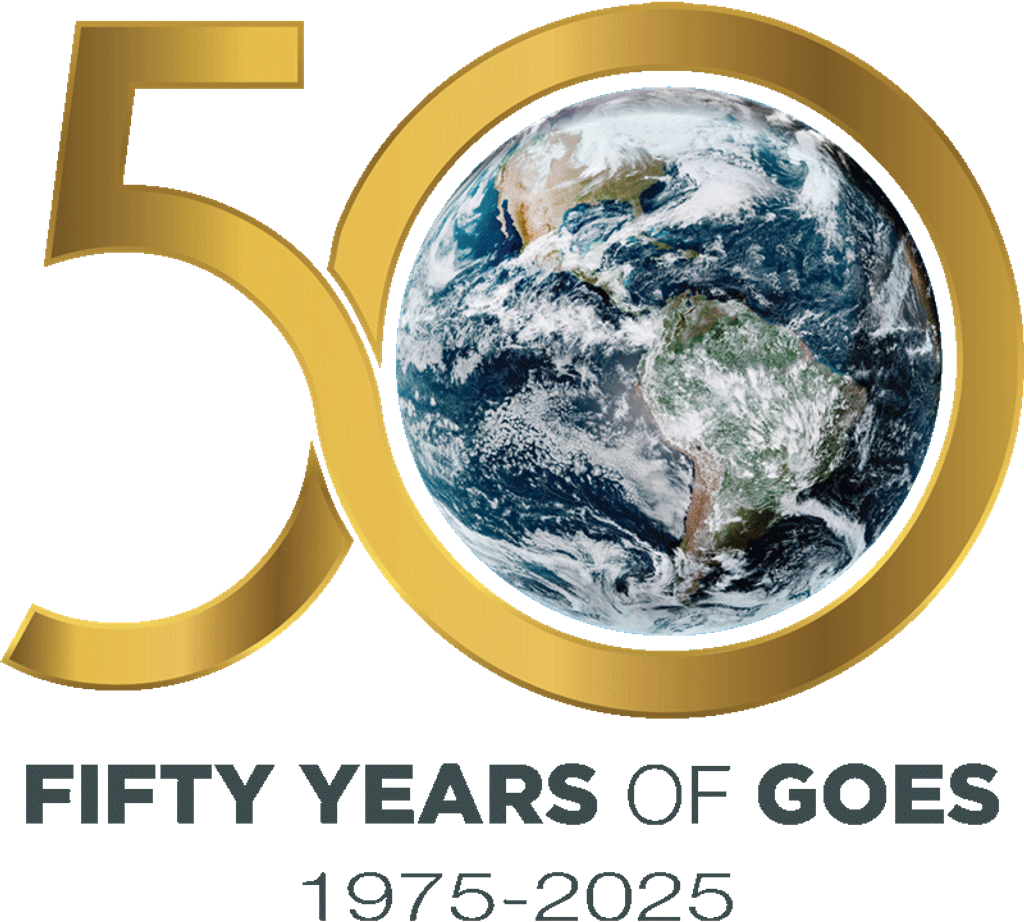1 min read
Ghostly Reflections in the Pleiades

NASA's Hubble Space Telescope has caught the eerie, wispy tendrils of a dark interstellar cloud being destroyed by the passage of one of the brightest stars in the Pleiades star cluster. Like a flashlight beam shining off the wall of a cave, the star is reflecting light off the surface of pitch black clouds of cold gas laced with dust. These are called reflection nebulae.
The famous cluster is easily visible in the evening sky during the winter months as a small grouping of bright blue stars, named after the "Seven Sisters" of Greek mythology. Resembling a small dipper, this star cluster lies in the constellation Taurus at a distance of about 380 light-years from Earth. The unaided eye can discern about half a dozen bright stars in the cluster, but a small telescope will reveal that the Pleiades contains many hundreds of fainter stars.
In many cases, the nebulae surrounding star clusters represent material from which the stars have formed recently. However the Pleiades nebulosity is actually an independent cloud, drifting through the cluster at a relative speed of about 6.8 miles/second (11 kilometers/second).
In 1890, American astronomer E. E. Barnard, observing visually with the Lick Observatory 36-inch telescope in California, discovered an exceptionally bright nebulosity adjacent to the bright Pleiades star Merope. It is now cataloged as IC 349, or "Barnard's Merope Nebula." IC 349 is so bright because it lies extremely close to Merope-only about 3,500 times the separation of the Earth from the Sun, or about 0.06 light-year-and thus is strongly illuminated by the star's light.
In the new Hubble image, Merope itself is just outside the frame on the upper right. The colorful rays of light at the upper right, pointing back to the star, are an optical phenomenon produced within the telescope, and are not real. However, the remarkable parallel wisps extending from lower left to upper right are real features, revealed for the first time through Hubble's high-resolution imaging capability. Astronomers George Herbig and Theodore Simon of the University of Hawaii obtained these broadband observations with Hubble's Wide Field and Planetary Camera 2 on September 19, 1999.
Herbig and Simon propose that, as the Merope Nebula approaches Merope, the strong starlight shining on the dust decelerates the dust particles. Physicists call this phenomenon "radiation pressure."
Smaller dust particles are slowed down more by the radiation pressure than the larger particles. Thus, as the cloud approaches the star, there is a sifting of particles by size, much like grain thrown in the air to separate wheat from chaff. The nearly straight lines pointing toward Merope are thus streams of larger particles, continuing on toward the star while the smaller decelerated particles are left behind at the lower left of the picture.
Over the next few thousand years, the nebula-if it survives the close passage without being completely destroyed-will move on past Merope, somewhat like a comet swinging past our Sun. This chance collision allows astronomers to study interstellar material under very rare conditions, and thus learn more about the structure of the dust lying between the stars.
About the Object
- R.A. PositionR.A. PositionRight ascension – analogous to longitude – is one component of an object's position.03h 46m 21.29s
- Dec. PositionDec. PositionDeclination – analogous to latitude – is one component of an object's position.23° 56' 27.99"
- ConstellationConstellationOne of 88 recognized regions of the celestial sphere in which the object appears.Taurus
- DistanceDistanceThe physical distance from Earth to the astronomical object. Distances within our solar system are usually measured in Astronomical Units (AU). Distances between stars are usually measured in light-years. Interstellar distances can also be measured in parsecs.380 light-years
- DimensionsDimensionsThe physical size of the object or the apparent angle it subtends on the sky.The image frame is 3400 astronomical units (0.05 light-years) wide. The nebula is 3500 astronomical units (0.06 light-years) away from the bright star Merope, located at the upper right, just outside the frame. Mean Surface Brightness: ~18.5 V magnitudes/square arcsecond
About the Data
- Data DescriptionData DescriptionProposal: A description of the observations, their scientific justification, and the links to the data available in the science archive.
Science Team: The astronomers who planned the observations and analyzed the data. "PI" refers to the Principal Investigator.Principal Astronomers: G. Herbig, T. Simon (Institute for Astronomy, University of Hawaii) - InstrumentInstrumentThe science instrument used to produce the data.HST>WFPC2
- Exposure DatesExposure DatesThe date(s) that the telescope made its observations and the total exposure time.September 19, 1999, Exposure Time: 18.3 minutes
- FiltersFiltersThe camera filters that were used in the science observations.F439W (B), F555W (V), and F814W (I)
- Object NameObject NameA name or catalog number that astronomers use to identify an astronomical object.Barnard's Merope Nebula, IC 349
- Object DescriptionObject DescriptionThe type of astronomical object.Reflection Nebula in the Pleiades
- Release DateDecember 6, 2000
- Science ReleaseGhostly Reflections in the Pleiades
- CreditNASA and The Hubble Heritage Team (STScI/AURA); Acknowledgment: George Herbig and Theodore Simon (Institute for Astronomy, University of Hawaii)

Blue: F439W (B) Green: F555W (V) Red: F814W (I)
Share
Details
Claire Andreoli
NASA’s Goddard Space Flight Center
Greenbelt, Maryland
claire.andreoli@nasa.gov






























